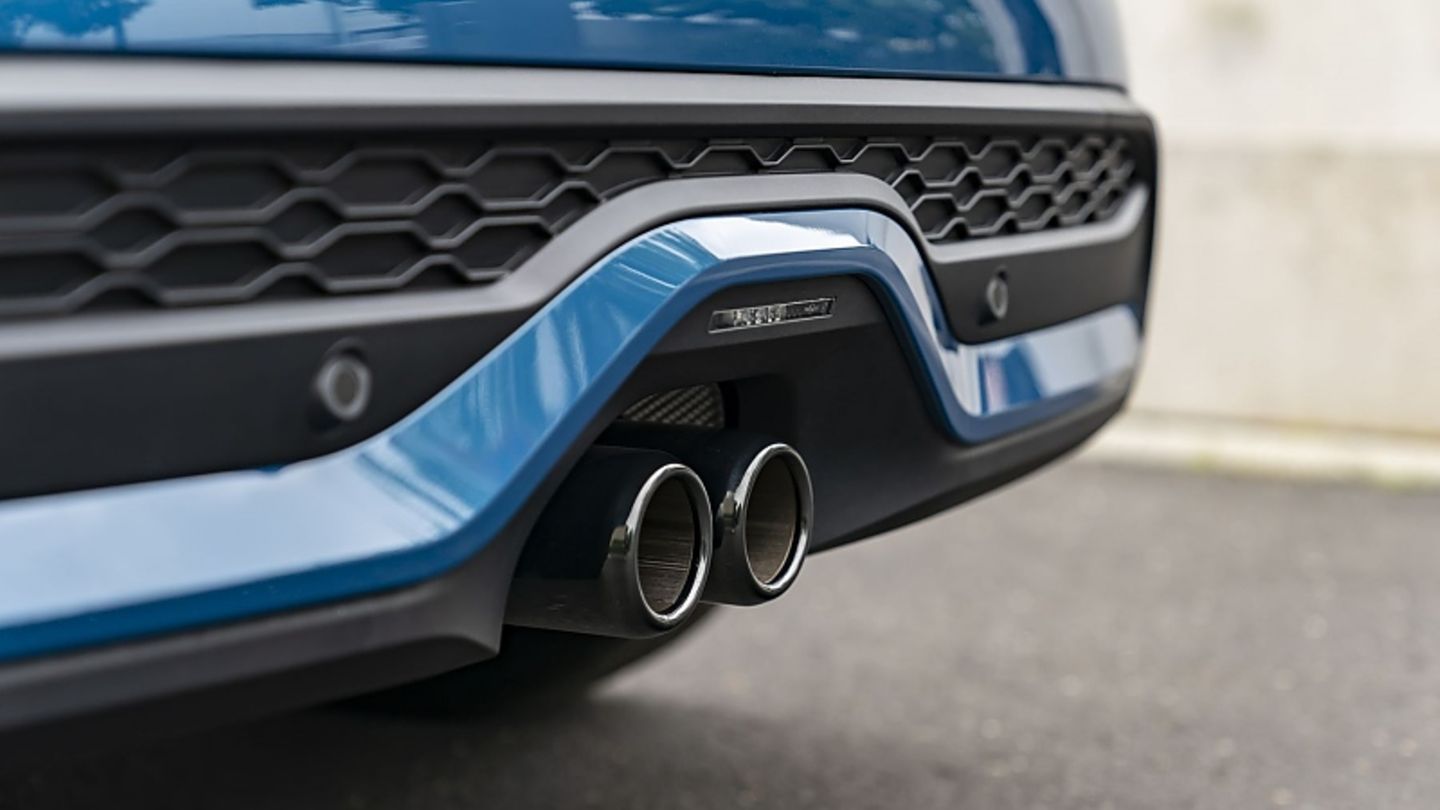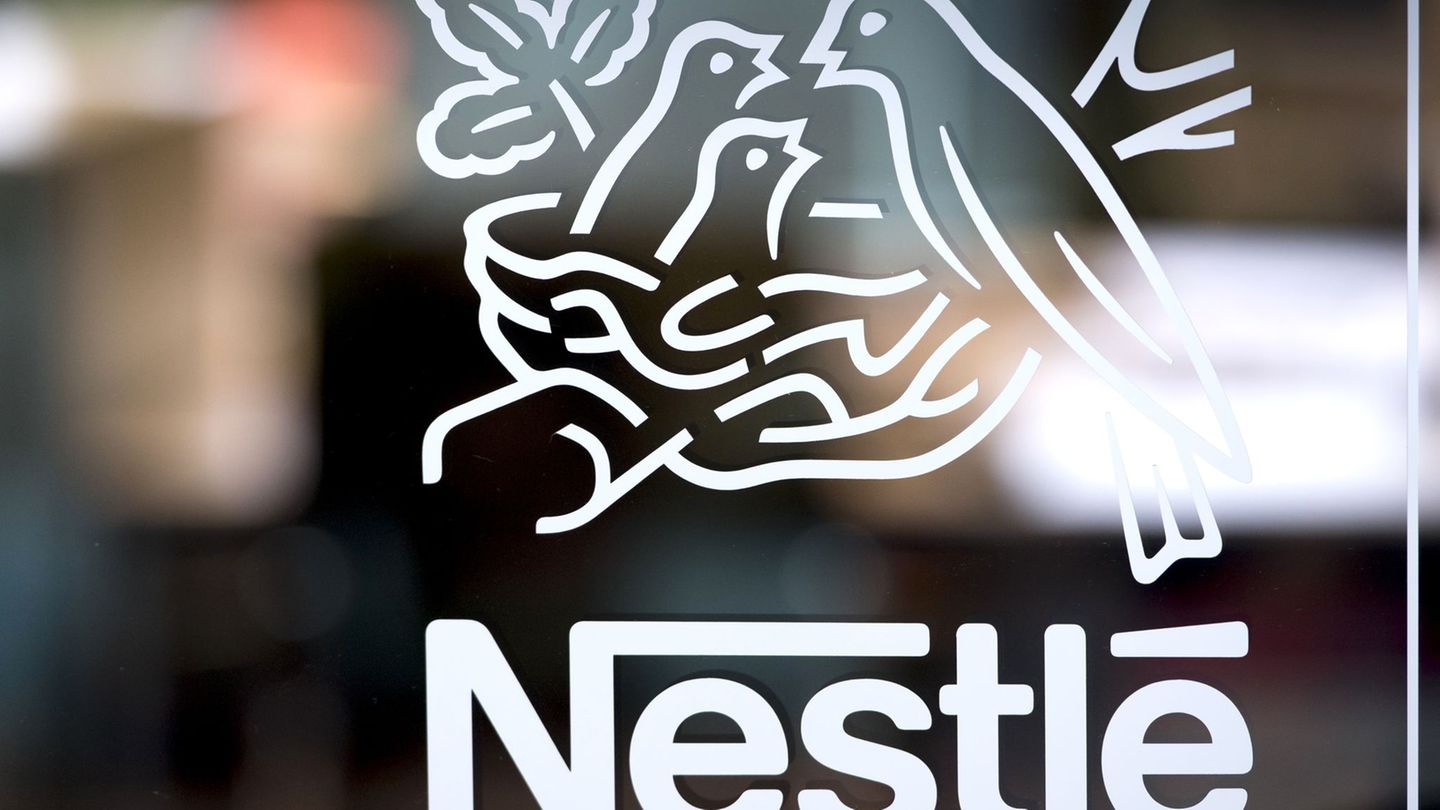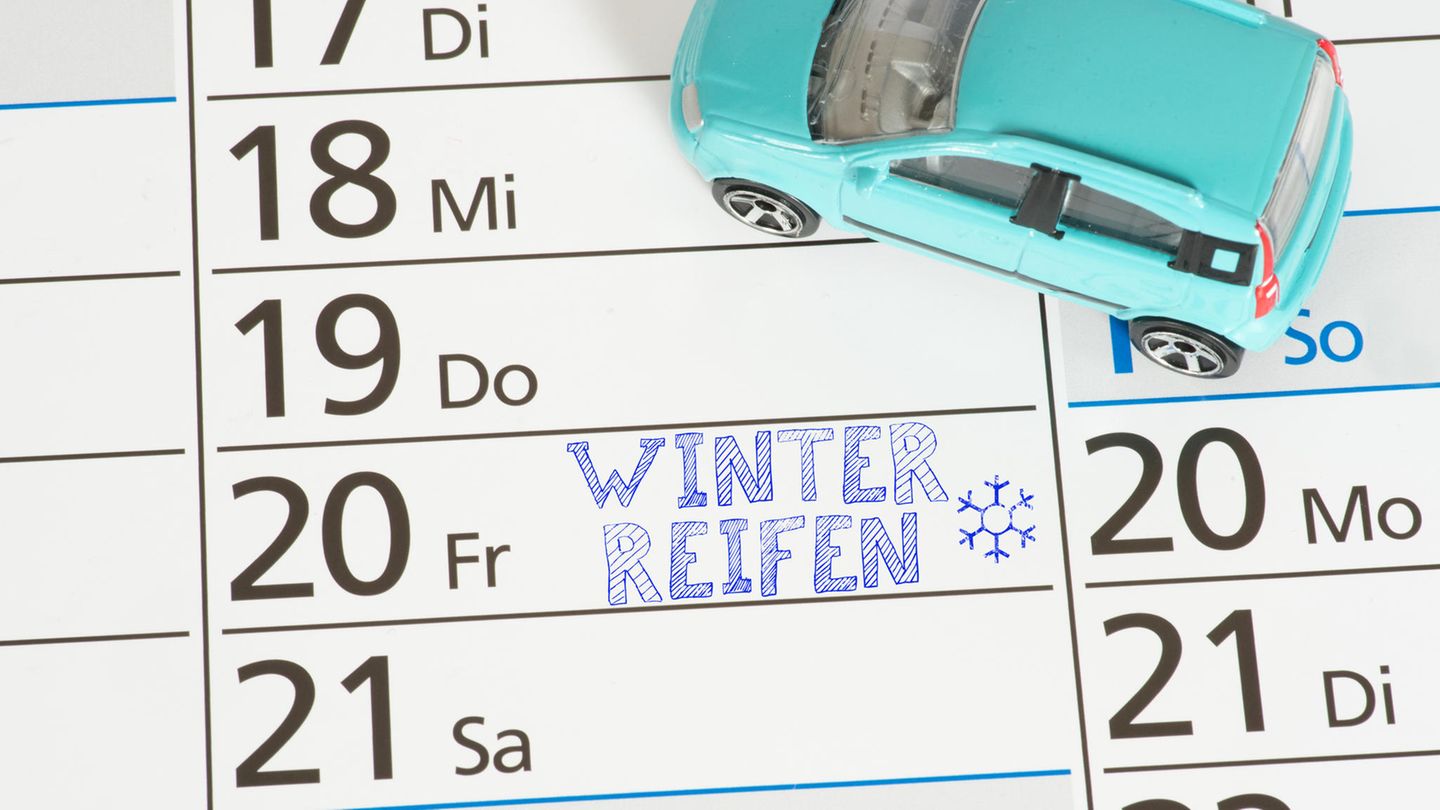As a five-door model, the Mini Cooper S has long since ceased to be a city flea. The facelift brings not only optical retouching, but also improvements to the chassis. Only the engine could be a little more powerful.
Since Mini Cooper became a BMW subsidiary, the British cult brand has gradually moved away from its roots. This is not surprising, however, as modern automobiles have little in common with the speedsters of the 1960s due to their technology and the increased demand for comfort on the part of customers. But since BMW ignited the next stage of the common parts strategy and strapped the UKL architecture under the British bodies, the Minis have increased their dimensions again. The five-door Cooper S we’re driving is 4.04 meters long and weighs 1,280 kilograms. The Mini Cooper S of 1963/64 weighed 670 kilograms and 3.06 meters.
All these economies of scale do not change the fact that there is no opulent space in the rear in the modern Mini Cooper. Especially when you move the rear seat back to the cargo position to get the most out of the trunk volume. But you don’t want to expose your worst enemy to the vertical backrest if he has to take a seat at the back. Then the luggage compartment holds 278 liters, if you fold the backrests completely, it becomes a maximum of 941 liters. But with a Mini you only take a seat in the second row in an emergency anyway. The executive chair is of course in the front left. The seats still exude a bit of an air mattress look due to the parallel longitudinal seams, are especially comfortable thanks to the pull-out thigh support and offer reasonable lateral support. The steering wheel has been redesigned and can now also be heated.
The interior with the five-inch monitor and the 8.8-inch central display is significantly more digital than before and, despite the more playful ambience with the ambient lighting, the aircraft levers and the smaller-sized rotary push button, lets the BMW genes shimmer through. Therefore, you can quickly find your way around the infotainment menus. We note with an appreciative smile that an electric parking brake is available for the first time on a Mini as part of the facelift. But you still drive a Mini for a certain self-image and not primarily for practical reasons. That’s why the typical mini-pilot is more pleased with the lavishly painted multitone roof with the flowing color gradient and the slightly different front and rear aprons.
With the refresh in the middle of the model cycle, functions come to the lifestyle runabout that one has expected for a long time in a car of this quality, even if some of the typical mini-style is only available for a surcharge. The active cruise control can now also stop and go and costs 300 euros extra, the lane departure warning with steering wheel vibration is linked to the multifunctional instrument display and burdens the budget with 720 euros. The adaptive LED light is supplemented by bad weather light, which is activated at the push of a button and makes the fog light in the front apron obsolete.
The driving dynamics expert is delighted with the adaptive chassis, which is also implemented in the five-door Mini Cooper S with the help of frequency-selective dampers, which react to bumps in the road within 50 to 100 milliseconds and cushion them. That is why the Mini Cooper S still has the three driving modes Sport (chassis tighter, seven-speed dual-clutch transmission acts faster and the throttle response is more immediate), while in Mid and Green the dampers act more comfortably and the drive train holds back a little more. This different coordination should not hide the fact that the chassis of the Mini Cooper S is on the tighter side.
After all, in the mini tradition, the S in the name stands for sporty dynamism. With an output of 131 KW / 178 PS, the Mini Cooper S is not a powerhouse and is sometimes chased by South Korean small cars. The strength of the mini is in this expansion stage in wagging, not in sprinting, even if it cracks the 100 km / h from a standing start after 6.7 seconds and is up to 235 km / h. The Cooper S is fun on country roads and can be moved quickly without the famous knife between your teeth. However, the two-liter four-cylinder craves speed, which creates a corresponding background noise that can be annoying on longer journeys. Mini states the consumption of the Mini Cooper S at 6.5 l / 100 km, we needed almost two liters more per 100 km during the test drive. A Mini Cooper is not a bargain anyway. It starts with the Cooper S at 27,600 euros. If you want to use the sporty version of the seven-speed dual clutch transmission, an extra 2,000 euros are already due and if you equip the mini a little, you quickly approach the 35,000 euro mark.
I am a 24-year-old writer and journalist who has been working in the news industry for the past two years. I write primarily about market news, so if you’re looking for insights into what’s going on in the stock market or economic indicators, you’ve come to the right place. I also dabble in writing articles on lifestyle trends and pop culture news.




